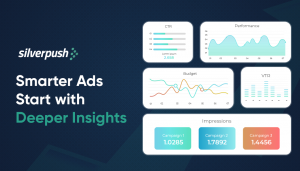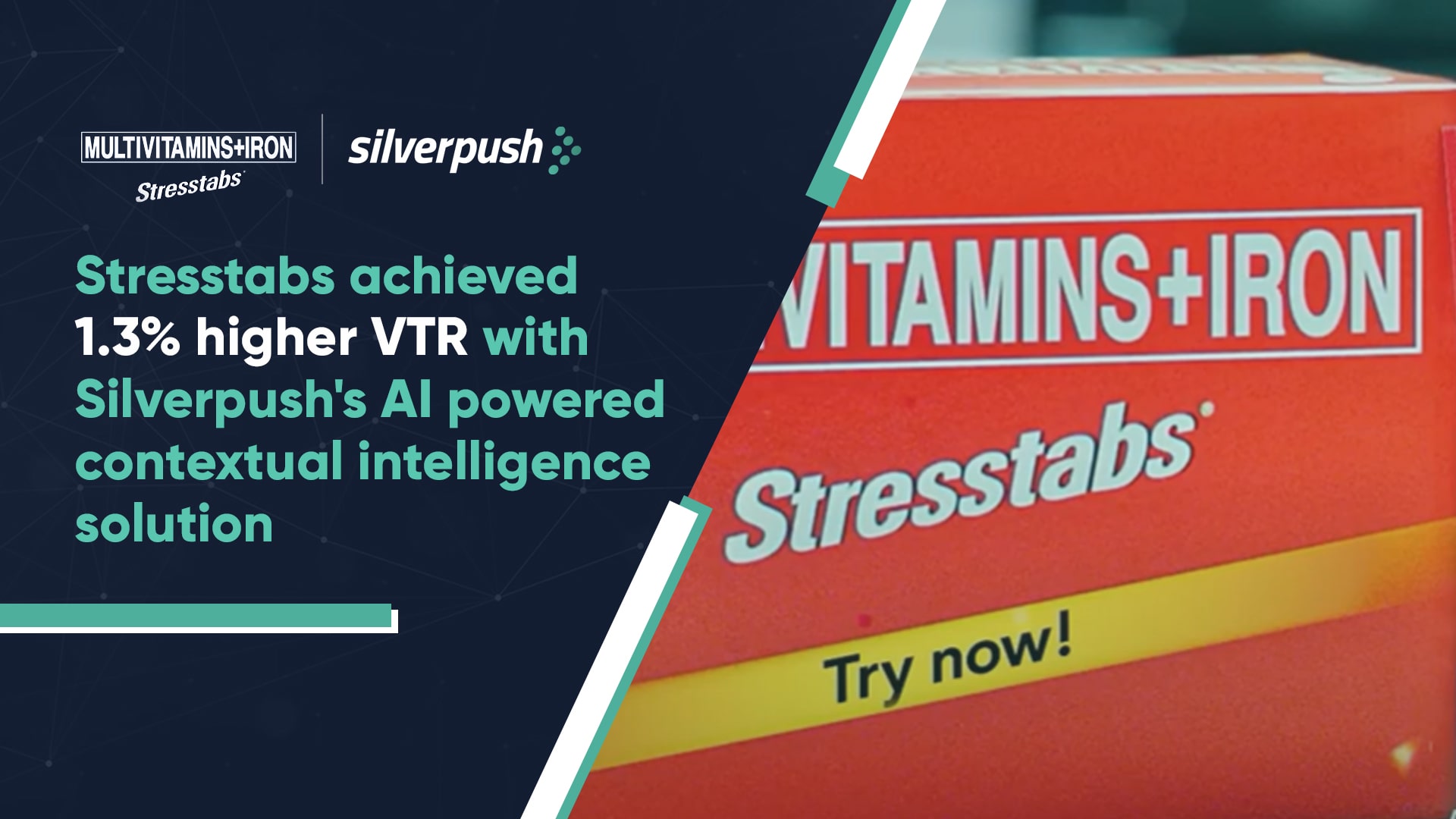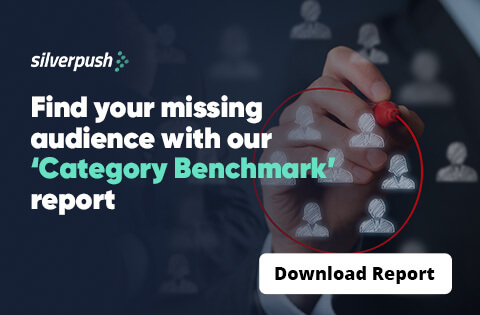CES 2025 Key Takeaways: Q&A with Blaise Lucey | 16 Jan, 2025

Last week, the SIlverpush team kicked off the New Year at CES 2025 in Las Vegas. More than 140,000 tech professionals from every corner of the industry attended the event. At Silverpush, we hosted our first Context & Conversations series, where we hosted agencies and brands at dinners and learning sessions. We also hosted a sold-out happy hour with Beet.TV, where the conversations were all about the future of advertising and the future of context.
Blaise Lucey, senior director of marketing for North America, took some time to talk about the biggest trends he saw at CES this year and what it means for the rest of 2025.
Q. What were the standout themes at CES 2025 that you believe will have the biggest impact on advertising?
There are three main themes that got the most attention at CES: retail media, CTV, and AI. In the retail media space, there are now 200+ retail media networks today, so a lot of different players in the space were there to showcase different offerings. I actually had my best coffee at the Walmart Connect lounge!
When it comes to CTV, there’s an explosion of innovation and fragmentation in the market. And with AI, AI is truly everywhere. Now, it’s a matter of using it the right way.
Q. How do you see the advertising landscape evolving in response to the trends showcased at CES?
In a way, digital advertising is always evolving around the same thing: the need to reach the customer and figure out what happens next. That’s why things always seem to come back to data. But with so many new layers, the industry has to think about data in new dimensions. From CTV to DSPs and PMPs, agencies and brands and vendors, metrics, attribution, and retailers, the “tech stack” for brands and agencies is now definitely a “data stack.” Or, more accurately, a “partner stack.”
A lack of data is no longer the problem. It’s just finding out what all the data means in the first place. AI is coming at a critical time: to try and cut through the noise and make sense of what insights are the most important. AI-powered data is going to be what helps advertisers understand all that data from a new perspective.

Q. What was your biggest “oh wow” at CES this year?
For some reason, I think it was the giant screen outside the Aria that kept showing an ad for Microsoft Copilot. When I caught up with John Marshall from dentsu, who helped with the activation, we talked about context and he used that specific activation as an example of why context was so important: a digital-out-of-home experience is a context-first advertisement by default. If the placement had gone live during a Raiders game, it would have been out of context and it wouldn’t have been as effective. With more than a hundred thousand people from the tech industry in Vegas, the billboard stood as a two-hundred foot example of contextual advertising in action.
Q. CTV continues to dominate conversations be it in advertising or during these events. What insights did CES 2025 offer about its current trajectory and future potential?
There were a lot of CTV announcements and activations during CES. I even saw a guy with a hat that just said “CTV.” The big priority in the CTV space is all about measurement and transparency. CTV ads are relatively expensive, so advertisers want to know that the ads are worth the cost and the placements are delivered to the inventory that matters most.
During CES, Disney released Disney Compass as a way to give media buyers more direct access to Disney’s data and the data from Disney’s identity and measurement partners. Roku, the streaming OS with 90 million streaming households, launched the Roku Data Cloud to help partners analyze and access Roku’s data.
With so many different hardware and software players in the space, the next step is trying to bring it all together for more transparency. These announcements and others show a lot of progress, but we’re still a long way off from seeing that happen.

Q. How does Silverpush play a role in these new trends?
Great question! Let me break down by the trends that I listed:
1. CTV
Right before CES, Silverpush announced our extended partnership with Iris.TV and Innovid to enable video-level contextual measurement for CTV. This is a big deal: by showing the results of each contextual strategy, Silverpush shows media buyers what tactics drive the best performance across awareness, consideration, and conversion metrics.
We’ve also seen a lot of demand for contextual CTV segments in general. With video-level contextual targeting, media buyers can exclude episodes, instead of entire series, channels, or apps – and target campaigns at the episode-level, too. Video-level contextual advertising offers a new layer of precision for a complex ecosystem, with none of the red tape that comes with working with data across partners.
2. AI
Everything that Silverpush is building today has a foundation with AI. We’ve got a lot of exciting things to unveil over the coming weeks and we are laser-focused on how AI can create more meaningful – and contextual! – experiences by turning data into insights and insights into action.
Our Mirrors AI is a great example of how this works. By processing millions of videos and billions of impressions across the YouTube ecosystem, the contextual AI model optimizes for the best possible context for each moment of a viewer’s experience. This drives much higher view-through rates, click-through rates, and ad efficiency – and makes viewers less likely to skip the ad.
3. Retail Media
Retail media is one of the fastest-growing spaces in the ad industry today. Advertisers are also starting to think about how to connect all the dots from retail media ads back up to their owned channels, retargeting tactics, and video advertising strategy. There’s a lot of exciting ways that context can drive better retail media experiences and we can’t wait to share more down the line.
Want to know how Silverpush can help you across these trends? Contact us today to know more

BLOGS
Partner Spotlight: Alice Ovadia, VP of Media Strategy
Silverpush is excited to highlight TRUth for our Partner Spotlight this week. We caught up with Alice Ovadia, VP of Media Strategy at TRUth, to learn more about the agency and talked to her about her big predictions for the ad market in the coming years. Here’s what Alice said. 1. ...

BLOGS
Why Granular Insights Are Critical for Ad Campaign Optimization
When your ad campaign ends and the dashboard lights up with a “great” VTR or a CTR that’s above average, you celebrate, right? But then comes the pause. What actually made it work? Was it the creative? The audience? The time of day? The context of the video? Most platforms ...

BLOGS
YouTube CTV Advertising: Bigger Screens, Bigger Impact
YouTube has always been a powerhouse for brands looking to connect with audiences. With over 2 billion monthly active users, it’s a platform that reaches people everywhere, on their phones, tablets, and laptops. However, the way people watch YouTube today is very different from how it used to be in the ...







